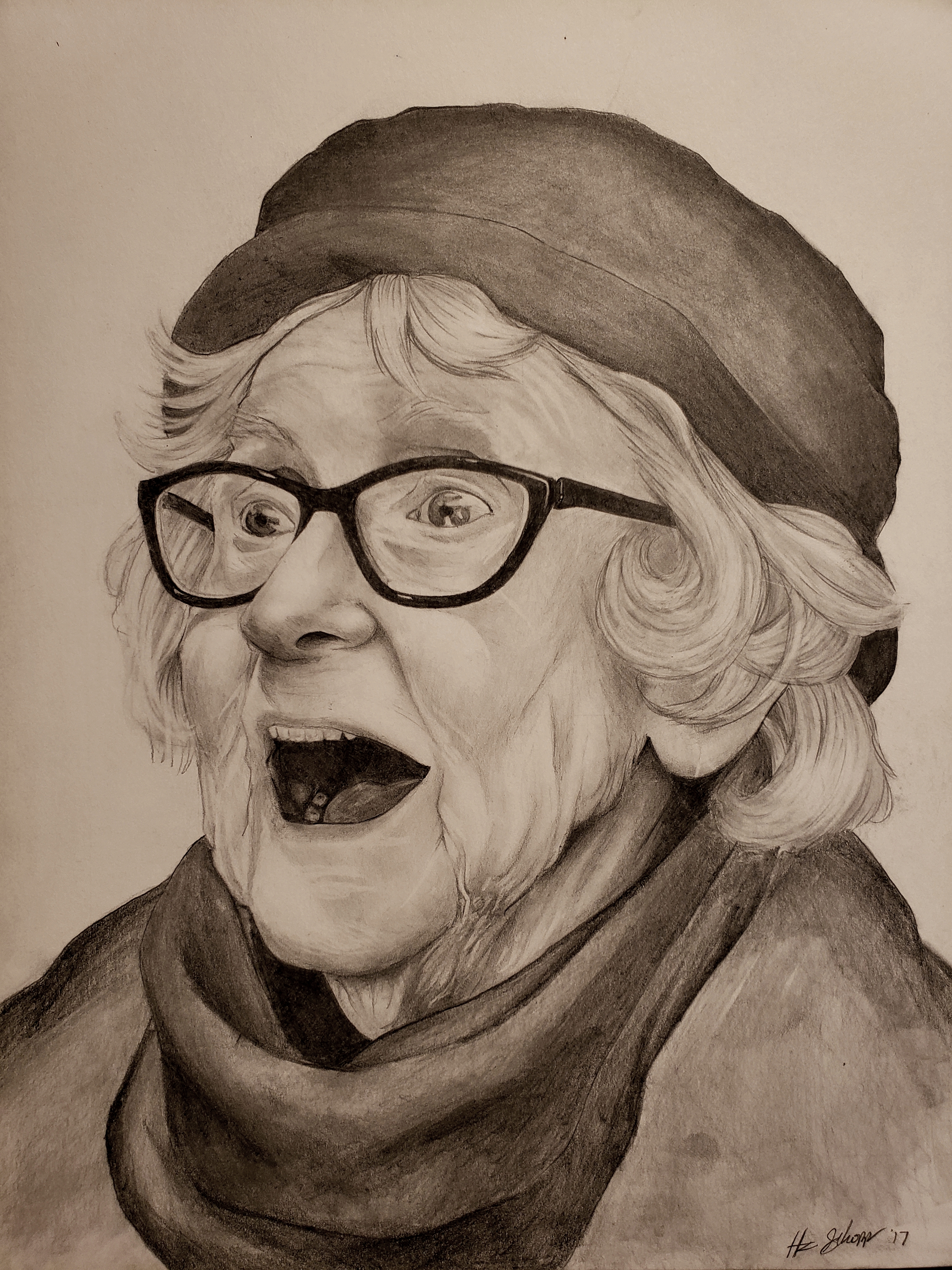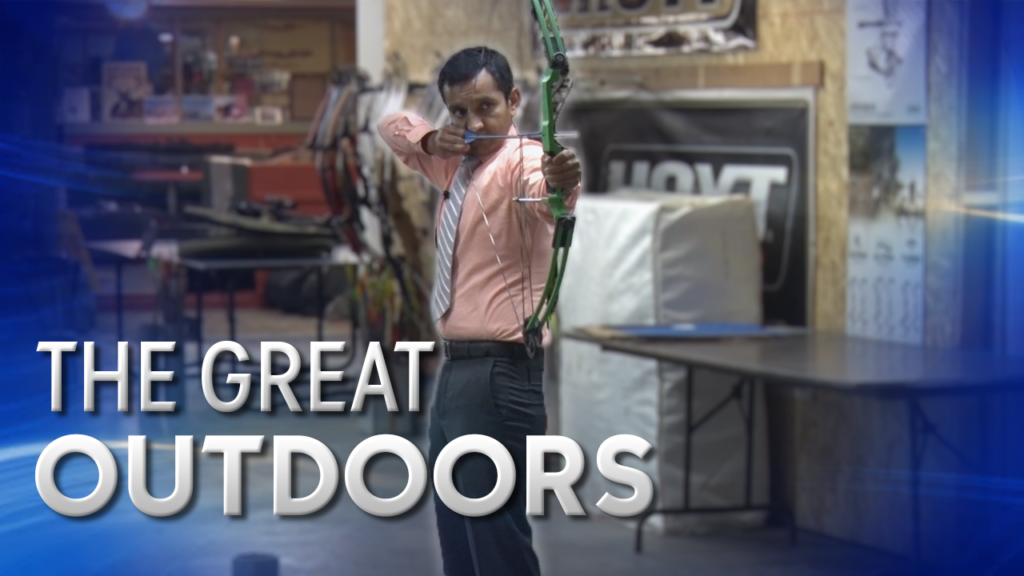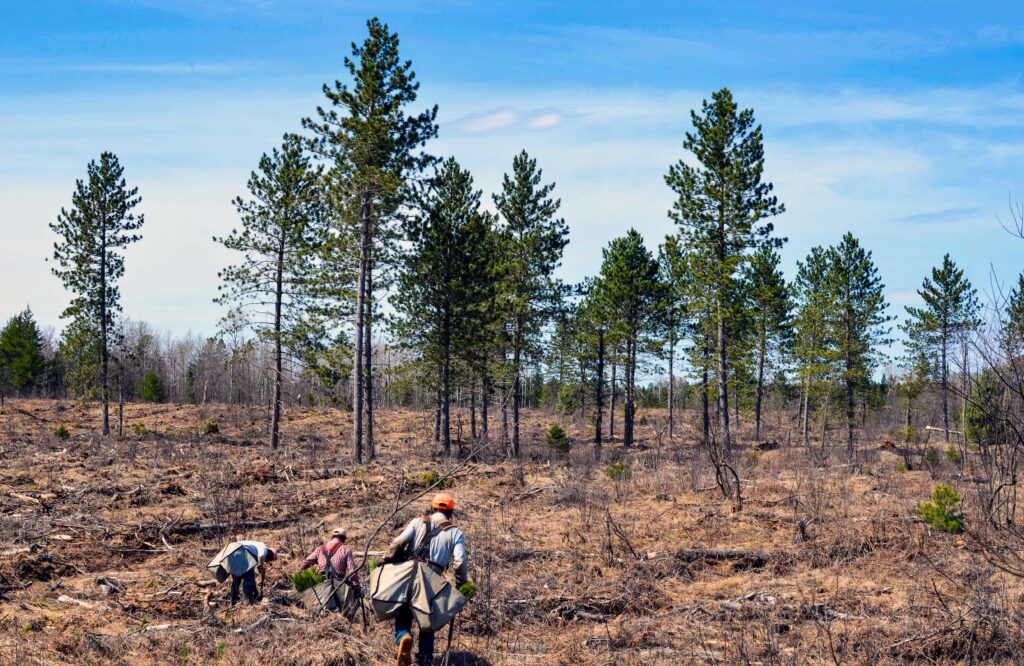A combination of hardworking and humble, Harley Zeke draws inspiration from comics as well as a focus on refining realism. Behind his remarkably friendly hometown smile is a drive to constantly improve daily life in Lansing.
He does not present himself as an artist, but has an innate sense of observation in the world around him. While many would focus on the pretty young girl at the bar he overheard the slightly overweight man respond to her news of being painted with “no one would draw a guy like me”, Harley immediately took this opportunity to shine a light on the self-proclaimed atypical subject. Using the tools around him he drew a portrait of the man on a bar napkin and gave it to him shortly before parting ways. Nearly a year later and he ran into that man who still kept that bar napkin portrait above his bed. A perfect example of how we communicate as a community through our actions, interactions and body language.
The context behind the graphite work on Bristol Cardstock which does not have a title, but represents the subtlety of emotion. The piece is a glimpse into the joy of a grandmother seeing her wedding dress on her granddaughter during her wedding day. These moments of micro-expressions capture Harley’s imagination and allow him to hyper-focus on art for hours on end.
“Trying to capture any of that nuance in a visual format is a really interesting thing to me”
The nuance and subtlety of human expression creates an authentic observation of an individual look built from a more abstract collective experience. The contemporary realism helps foster a valuable shift from understandable sympathy to a relatable empathy.
“My wheelhouse for the things that I’ve always enjoyed making – I like really bright, high-contrast, hard black line work like very comic-book style art is what I always made.”
An adaptation in style began after reflection as an early adult to narrow the gap between intention and reality.
“Where you start with a mental picture, through this entire game of telephone of little adaptations that you make, changing the shapes of things or value of something or how deep shadow is, you can get a vague representation of your initial idea, but it’s not the same. I started focusing on realism just to be able to narrow that gap so that I can move from realism to other work and have it come out how I intended.”
The creative process is an exercise in adaptation to the responses materials give to the inputs provided. Harley is a blue-collar artist whose background goes from woodworking to welding.
“I really like watching things come into shape. I’ve always been a detail-oriented person and that process can be the same in anything you build or make. Whether your painting, drawing, working on a project, or putting an addition on a house”
Harley worked in trade skills as an industrial electrical technician who enjoyed the process of fabricating and putting paint finishes on custom sheet metal cabinets for electrical boxes. The clean, glossy finishes resulted in him being recognized by co-workers and requested by companies for high visibility projects. Harley’s skill-set is a unique interplay of aesthetic minded and mechanical inclination in his work.
“I’ve had a lot of fun honestly working with plasma cutting sheet metal and welding sculptures. I taught myself how to weld on my lunch breaks in the factory I was working in. I would grab a sandwich out of my truck and go sit in the area where we had our welders and plasma cutters set-up. I would pull metal out of the scrap bin and make little sculptures then put them back. It got to the point where my co-workers were spending their lunch breaks eating and watching me make stuff”
His creative toolkit comes from the convenience of Derwent pencils and fabric pastels for quick set up and tear down.
“There is no precursor to it and you can do it almost anywhere. I can set aside time and I have before, but it is not typically how I go about things. Most of my experience was sitting in school and they would hand me pencils to do school work, but instead of that I would draw pictures. A lot of my habits were having materials and just doing things at the time.”
The utilitarian needs of food or rest escape Harley in these creative “off-the-cuff” moments which allow him to be expressive even as a more socially introverted person when he was young. A struggle he had in his high school years was moving from the relative anonymity of a large school where you can isolate yourself into your own interests to a smaller setting where he was a new social element amongst a group whose friendships were forged over decades.
“Rather than participating in any of the social dynamic games that a lot of high school kids play, I just minded my own business and sat there and drew pictures instead. It really opened up a lot of time for me to not do any schoolwork or interact with people and just do art which is not what I was supposed to be doing by any means.”
In a society that seeks minimalism as a hobby out of necessity, a stagnant wage economy creates a supply and demand relationship in pursuing art whereas Harley would like to see art play more of a role in our community.
“I think there is this societal ideal that art is just kind of a thing of privilege, it’s a novelty.”
Unlike the necessities of food, water, or shelter, art is often times placed on the wayside as simply decoration which Harley fundamentally disagrees with, “there is artwork in everything, there is artwork in architecture, there is artwork in building effective shelters, just different ways for it to manifest.”
Harley Zeke is a place maker who creates art that focuses on details to showcase our unique community.
The edited and published article can be viewed in the electronic edition: City Pulse – May 29th – Zeke Article



